Home>Furniture & Design>Interior Design Trends>How To Make Car Shine Like Glass
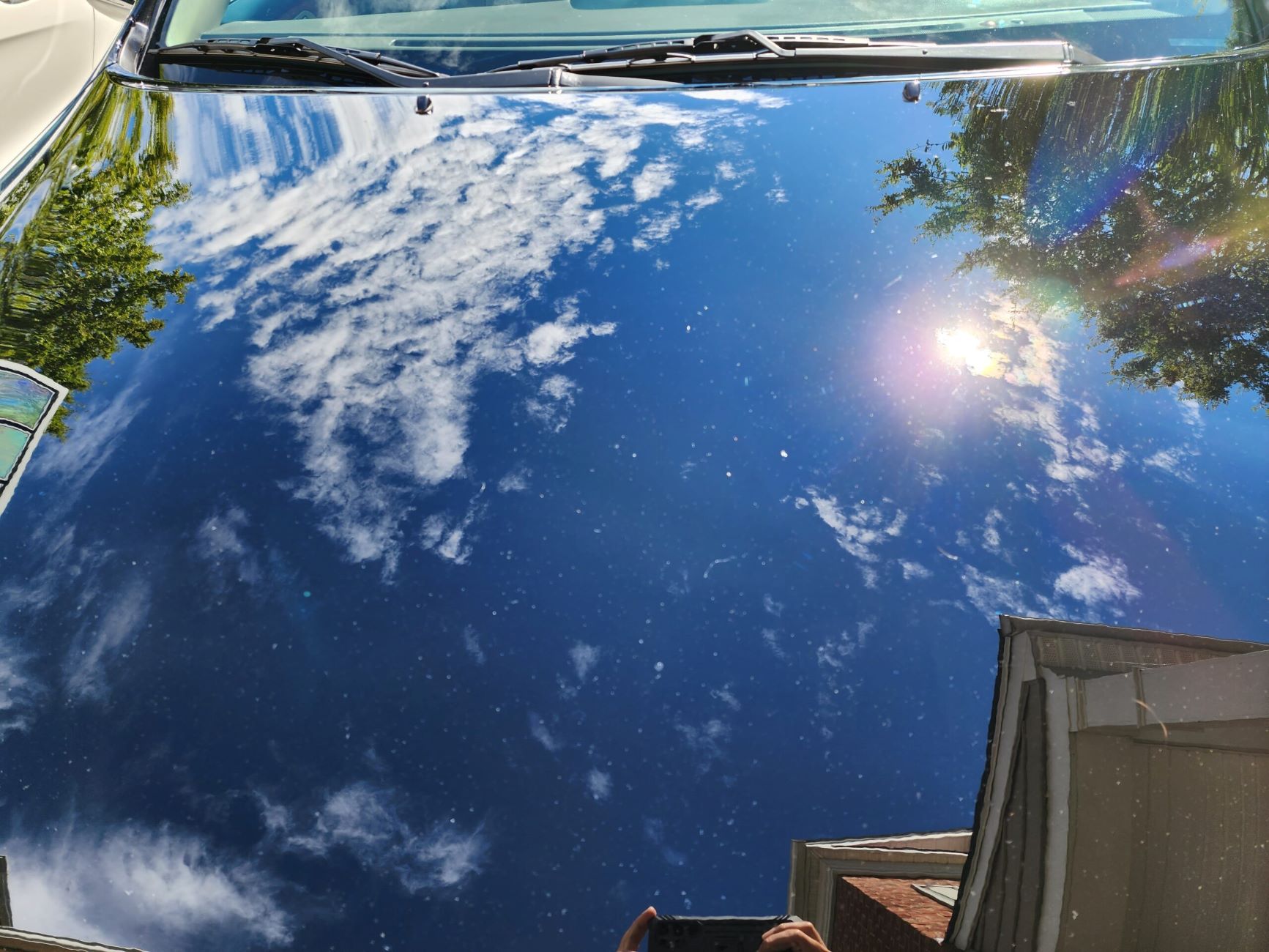

Interior Design Trends
How To Make Car Shine Like Glass
Published: February 3, 2024
Discover the latest interior design trends to make your car shine like glass. Learn expert tips and techniques for achieving a sleek and modern look. Elevate your car's interior with these innovative design ideas.
(Many of the links in this article redirect to a specific reviewed product. Your purchase of these products through affiliate links helps to generate commission for Storables.com, at no extra cost. Learn more)
Introduction
Achieving a car that shines like glass is a testament to the dedication and care of a car owner. A gleaming, mirror-like finish not only enhances the aesthetic appeal of the vehicle but also serves as a reflection of the owner's commitment to maintaining their prized possession. The process of making a car shine like glass involves several meticulous steps, each contributing to the overall brilliance and luster of the vehicle's exterior.
From the initial wash and dry to the final buff and shine, every stage plays a crucial role in transforming a dull, lackluster surface into a radiant and captivating spectacle. By following a systematic approach and utilizing the right products and techniques, anyone can elevate their car's appearance to a level that commands attention and admiration.
The journey to achieving a glass-like shine begins with a thorough cleansing of the car's exterior, ridding it of dirt, grime, and other impurities that diminish its natural radiance. Subsequently, the application of a clay bar treatment helps to eliminate embedded contaminants, preparing the surface for the next steps in the process.
As the car's surface is meticulously prepared, the application of a high-quality car polish becomes the next pivotal step. This stage involves the restoration of the paint's vibrancy and the removal of imperfections, setting the stage for the final touch – the application of a premium car wax. The wax not only provides a protective shield against environmental elements but also contributes to the coveted glass-like sheen that car enthusiasts strive to achieve.
The culmination of these steps results in a finish that transcends mere cleanliness, exuding a radiant brilliance that captivates onlookers and reflects the dedication and passion of the car owner. As we delve into each step of this transformative process, it becomes evident that the journey to making a car shine like glass is a labor of love, culminating in a visually stunning and enduring testament to automotive excellence.
Key Takeaways:
- To make your car shine like glass, start with a thorough wash and dry, then use a clay bar treatment to remove embedded impurities, followed by car polish and high-quality car wax for a radiant and enduring luster.
- The buffing and shining process is the final touch, ensuring a flawless and captivating finish that reflects the dedication and passion of the car owner, resulting in a visually stunning testament to automotive excellence.
Read more: How To Make Wood Shine Like Glass
Step 1: Wash and Dry the Car
The first and fundamental step in the quest to make a car shine like glass is to thoroughly wash and dry the vehicle. This process is not merely about removing surface dirt and grime; it sets the foundation for the subsequent stages that contribute to achieving a flawless, mirror-like finish.
Commencing with a gentle pre-rinse to loosen and remove the initial layer of dirt, followed by a meticulous hand wash using a high-quality car shampoo, ensures that the car's exterior is free from contaminants that can impede the desired shine. It is crucial to pay attention to often overlooked areas such as the door jambs, wheel wells, and undercarriage to ensure a comprehensive cleaning.
After the thorough wash, the car should be dried using a microfiber drying towel or a soft, clean chamois to prevent water spots and streaks. This step is essential in preparing the surface for subsequent treatments, as any residual moisture can interfere with the effectiveness of the clay bar treatment and subsequent polishing and waxing processes.
Furthermore, the use of a dedicated car wash mitt or sponge, along with the two-bucket method – one for soapy water and the other for rinsing the cleaning tool – minimizes the risk of introducing swirl marks and scratches during the washing process. Additionally, working in sections and frequently rinsing the cleaning tool helps to prevent the accumulation of dirt and grit, safeguarding the integrity of the car's paintwork.
By meticulously washing and drying the car, the foundation is laid for the subsequent steps that will elevate its appearance to a level that exudes brilliance and sophistication. This initial stage not only ensures the removal of surface contaminants but also sets the stage for the transformative treatments that follow, ultimately culminating in a finish that gleams like polished glass.
Step 2: Clay Bar Treatment
The clay bar treatment is a pivotal step in the process of achieving a glass-like shine for your car. Despite thorough washing, contaminants such as industrial fallout, rail dust, and overspray can remain embedded in the paintwork, compromising the desired smoothness and luster. This is where the clay bar treatment comes into play, serving as a potent solution to eliminate these stubborn impurities and prepare the surface for subsequent treatments.
To commence the clay bar treatment, it is essential to ensure that the car's exterior is clean and free from any residual dirt or grime. The clay bar itself is a malleable, synthetic resin compound that is designed to be used in conjunction with a lubricant, typically a quick detailer or clay lubricant. This lubricant serves as a crucial element in facilitating the smooth gliding of the clay bar over the surface, preventing marring or scratching while effectively capturing and removing contaminants.
Working on small sections at a time, the clay bar is gently kneaded and then rubbed across the lubricated surface in a back-and-forth motion. The clay bar's tackiness allows it to attract and encapsulate contaminants, effectively pulling them away from the paintwork. It is important to be attentive to the tactile feedback during this process, as the resistance experienced diminishes as the contaminants are lifted from the surface.
As the clay bar glides over the paintwork, it is not uncommon to feel and hear the presence of embedded contaminants being released, signifying the efficacy of the treatment. It is crucial to frequently inspect the clay bar for signs of soiling and knead it to expose a clean surface, ensuring that contaminants are not reintroduced to the paintwork.
Upon completing the clay bar treatment for the entire vehicle, the surface will exhibit a newfound smoothness and purity, setting the stage for the subsequent stages of polishing and waxing. The removal of embedded contaminants not only enhances the visual appeal of the car but also ensures that the following treatments can fully unleash the paint's inherent brilliance, resulting in a finish that glistens like polished glass.
The clay bar treatment is a testament to the meticulous care and attention to detail that goes into achieving a flawless, mirror-like shine for your car. By effectively purging the paintwork of embedded impurities, this crucial step paves the way for the transformative treatments that will elevate your car's appearance to a level that commands attention and admiration.
Step 3: Apply Car Polish
The application of car polish marks a pivotal stage in the journey to achieve a car that shines like glass. This transformative step is designed to restore the vibrancy and luster of the vehicle's paintwork, effectively addressing imperfections and enhancing the overall visual appeal. Car polish serves as a potent solution to rejuvenate the surface, imparting a deep, reflective shine that exudes sophistication and allure.
Before delving into the application of car polish, it is essential to understand its primary functions. Car polish is formulated with abrasive compounds that serve to gently abrade the outermost layer of the paint, effectively leveling imperfections such as swirl marks, light scratches, and oxidation. This process not only revitalizes the paint's clarity and depth but also prepares the surface for the subsequent application of car wax, ensuring a durable and radiant finish.
To commence the application of car polish, it is crucial to work on a clean and dry surface, free from any residual contaminants or moisture. Using a foam or microfiber applicator pad, a small amount of car polish is applied in a circular motion, working on one section at a time to ensure thorough coverage and effective abrasion. It is important to adhere to the product's specific instructions regarding application and drying times, allowing the polish to effectively interact with the paintwork.
As the car polish is worked into the surface, the abrasive compounds delicately refine the paint, gradually diminishing imperfections and restoring its natural brilliance. The visual transformation becomes apparent as the paint's depth and clarity are revitalized, culminating in a lustrous and reflective finish that captivates the eye. It is essential to be mindful of the pressure applied during this process, ensuring a consistent and even application to achieve uniform results across the entire vehicle.
Upon completing the application of car polish, the surface exhibits a renewed radiance and smoothness, setting the stage for the final step in the process – the application of car wax. The car polish not only addresses imperfections and enhances the paint's visual appeal but also primes the surface for the protective and lustrous finish that the car wax will impart.
The application of car polish is a testament to the dedication and meticulous care that goes into elevating a car's appearance to a level that exudes brilliance and sophistication. By effectively addressing imperfections and restoring the paint's vibrancy, car polish plays a crucial role in the transformative journey towards achieving a finish that gleams like polished glass.
After washing and drying your car, apply a high-quality car wax using a clean microfiber cloth in a circular motion. Buff the wax off with another clean microfiber cloth to reveal a glass-like shine.
Step 4: Use a High-Quality Car Wax
The application of a high-quality car wax is the crowning stage in the process of achieving a car that shines like glass. Car wax serves as the final touch, imparting a protective shield and a radiant luster that elevates the vehicle's appearance to a level of unparalleled brilliance and sophistication.
Before delving into the application of car wax, it is essential to understand its multifaceted role. Car wax is formulated with natural waxes, such as carnauba or synthetic polymers, designed to provide a protective layer over the paintwork. This protective barrier serves as a shield against environmental contaminants, UV rays, and moisture, safeguarding the paint's integrity and enhancing its longevity. Additionally, car wax contributes to the coveted glass-like sheen, imparting a deep, reflective shine that captivates the eye and sets the vehicle apart.
To commence the application of car wax, it is crucial to work on a clean and dry surface, free from any residual polish or contaminants. Using a foam or microfiber applicator pad, a small amount of car wax is applied in a circular motion, working on one section at a time to ensure thorough coverage and effective bonding with the paintwork. It is important to adhere to the product's specific instructions regarding application and drying times, allowing the car wax to form a resilient and radiant layer over the paint.
As the car wax is meticulously worked into the surface, its protective and lustrous properties become apparent, culminating in a finish that glistens like polished glass. The paint's depth and clarity are accentuated, and a captivating brilliance emerges, reflecting the surrounding environment like a mirror. It is essential to be mindful of the pressure applied during this process, ensuring a consistent and even application to achieve uniform results across the entire vehicle.
Upon completing the application of car wax, the surface exhibits a resplendent and enduring luster, a testament to the meticulous care and dedication invested in achieving a finish that transcends mere cleanliness. The car wax not only provides a protective shield against environmental elements but also contributes to the coveted glass-like sheen that car enthusiasts strive to achieve, culminating in a visually stunning and enduring testament to automotive excellence.
The application of high-quality car wax is the final flourish in the transformative journey towards making a car shine like glass. By imparting a protective shield and a radiant luster, car wax elevates the vehicle's appearance to a level that exudes brilliance and sophistication, a testament to the dedication and passion of the car owner.
Read more: How To Make Shoes Shine Like Glass
Step 5: Buff and Shine
The final step in the meticulous process of making a car shine like glass involves the transformative art of buffing and shining. This pivotal stage serves as the culmination of the preceding treatments, elevating the vehicle's appearance to a level of unparalleled brilliance and allure. The buffing and shining process not only enhances the reflective properties of the car's surface but also ensures a flawless and captivating finish that exudes sophistication and elegance.
To commence the buffing and shining process, a high-quality microfiber buffing pad is utilized in conjunction with a reputable car polish or finishing glaze. This combination serves as the catalyst for refining the paint's surface, effectively eliminating any residual imperfections and enhancing its reflective properties. The microfiber pad, renowned for its gentle yet effective abrasion, delicately works the polish or glaze into the paint, ensuring a uniform and radiant finish.
Working in small sections, the buffing pad is meticulously maneuvered in circular motions, allowing the polish or glaze to interact with the paintwork and unveil its inherent brilliance. This methodical approach ensures that the surface is uniformly treated, resulting in a consistent and captivating luster that transcends mere cleanliness. It is essential to be attentive to the pressure applied during this process, ensuring a balanced and even application that contributes to the desired glass-like sheen.
As the buffing and shining process unfolds, the transformative effects become apparent, culminating in a finish that glistens like polished glass. The paint's depth and clarity are accentuated, and a captivating brilliance emerges, reflecting the surrounding environment like a mirror. The meticulous attention to detail invested in this stage ensures that the vehicle's exterior transcends mere cleanliness, exuding a radiant and enduring allure that captivates onlookers.
Upon completing the buffing and shining process, the vehicle's surface exhibits a resplendent and enduring luster, a testament to the dedication and passion of the car owner. The culmination of this transformative journey results in a visually stunning testament to automotive excellence, a finish that not only commands attention and admiration but also reflects the unwavering commitment to maintaining a vehicle that shines like polished glass.
Conclusion
In conclusion, the journey to making a car shine like glass is a testament to the meticulous care and dedication invested in elevating the vehicle's appearance to a level of unparalleled brilliance and allure. Each step in this transformative process plays a pivotal role in ensuring that the car's exterior transcends mere cleanliness, exuding a radiant and enduring allure that captivates onlookers and reflects the unwavering commitment to automotive excellence.
From the initial wash and dry, which lays the foundation for subsequent treatments, to the clay bar treatment, which purges the paintwork of embedded impurities, every stage contributes to the ultimate goal of achieving a finish that glistens like polished glass. The application of car polish serves as a potent solution to rejuvenate the surface, addressing imperfections and enhancing the overall visual appeal, while the subsequent application of high-quality car wax imparts a protective shield and a radiant luster that elevates the vehicle's appearance to a level of unparalleled brilliance and sophistication.
The culmination of this meticulous process is the transformative art of buffing and shining, which ensures a flawless and captivating finish that exudes sophistication and elegance. The buffing and shining process not only enhances the reflective properties of the car's surface but also ensures a consistent and captivating luster that reflects the dedication and passion of the car owner.
In essence, the journey to making a car shine like glass is a labor of love, culminating in a visually stunning testament to automotive excellence. The gleaming, mirror-like finish not only enhances the aesthetic appeal of the vehicle but also serves as a reflection of the owner's commitment to maintaining their prized possession. The resplendent and enduring luster achieved through this transformative process not only commands attention and admiration but also stands as a testament to the unwavering dedication to automotive excellence.
Ultimately, the journey to making a car shine like glass is a testament to the dedication and passion of the car owner, resulting in a finish that transcends mere cleanliness, exuding a radiant brilliance that captivates onlookers and reflects the unwavering commitment to maintaining a vehicle that shines like polished glass.
Frequently Asked Questions about How To Make Car Shine Like Glass
Was this page helpful?
At Storables.com, we guarantee accurate and reliable information. Our content, validated by Expert Board Contributors, is crafted following stringent Editorial Policies. We're committed to providing you with well-researched, expert-backed insights for all your informational needs.
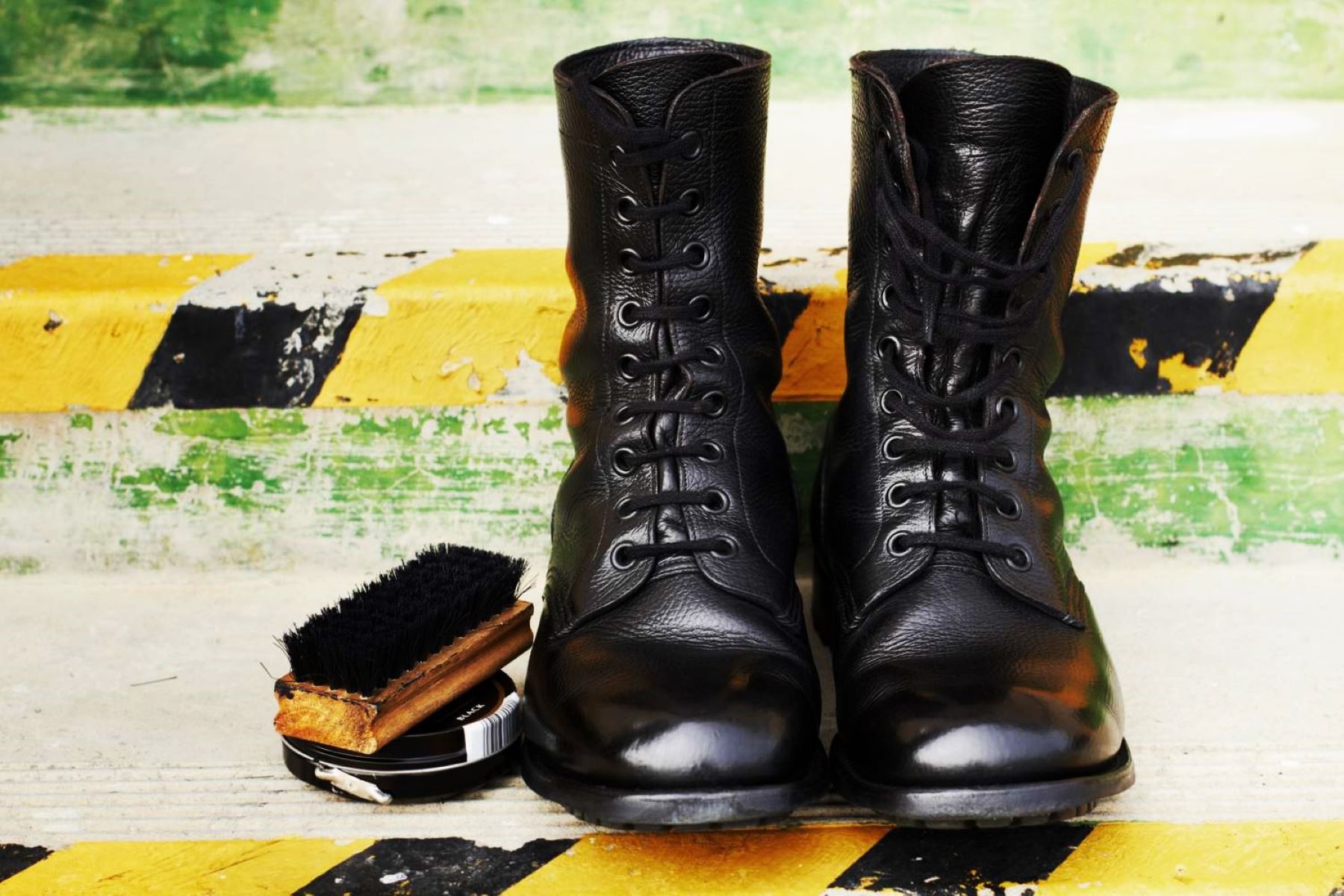
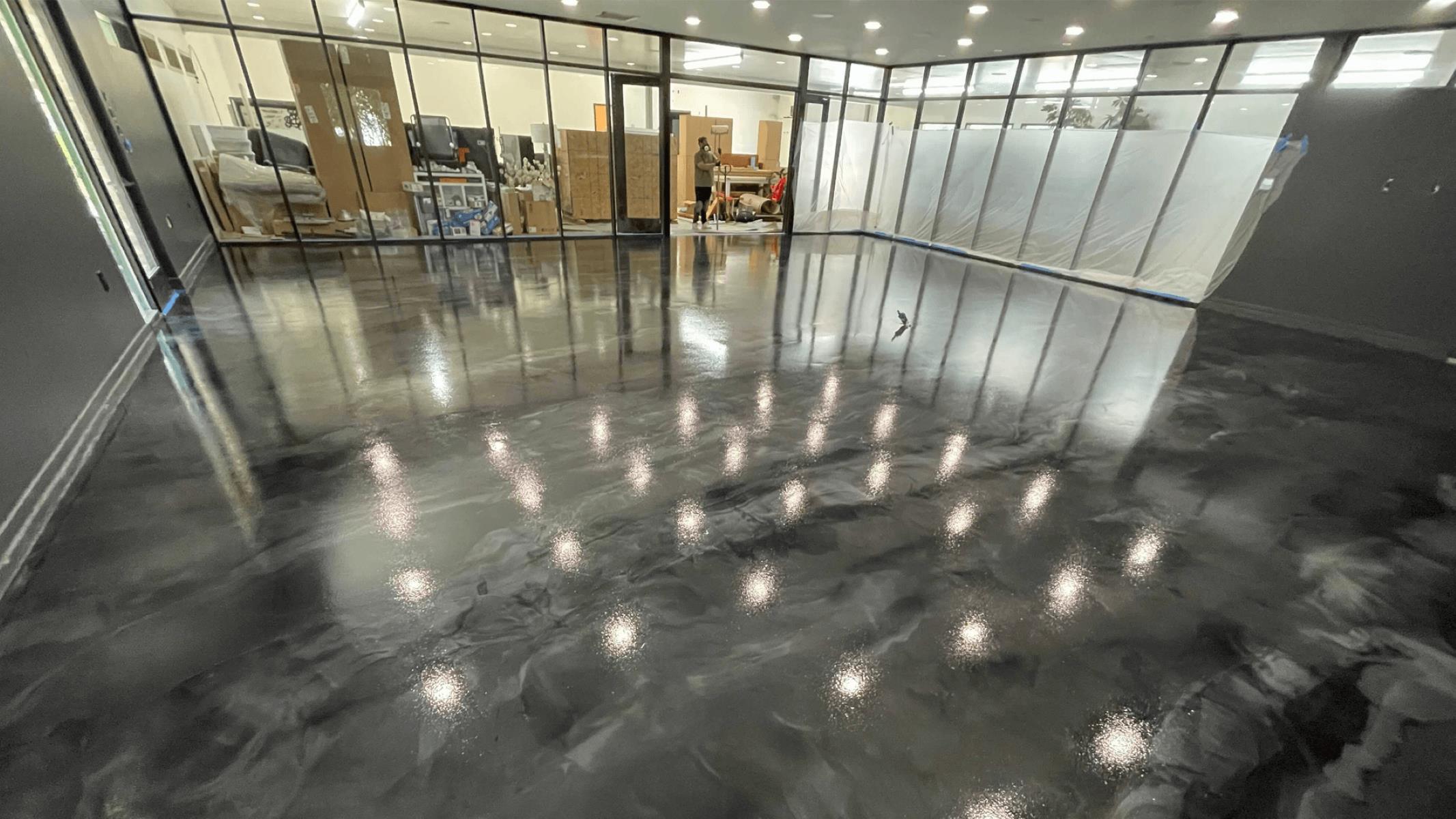
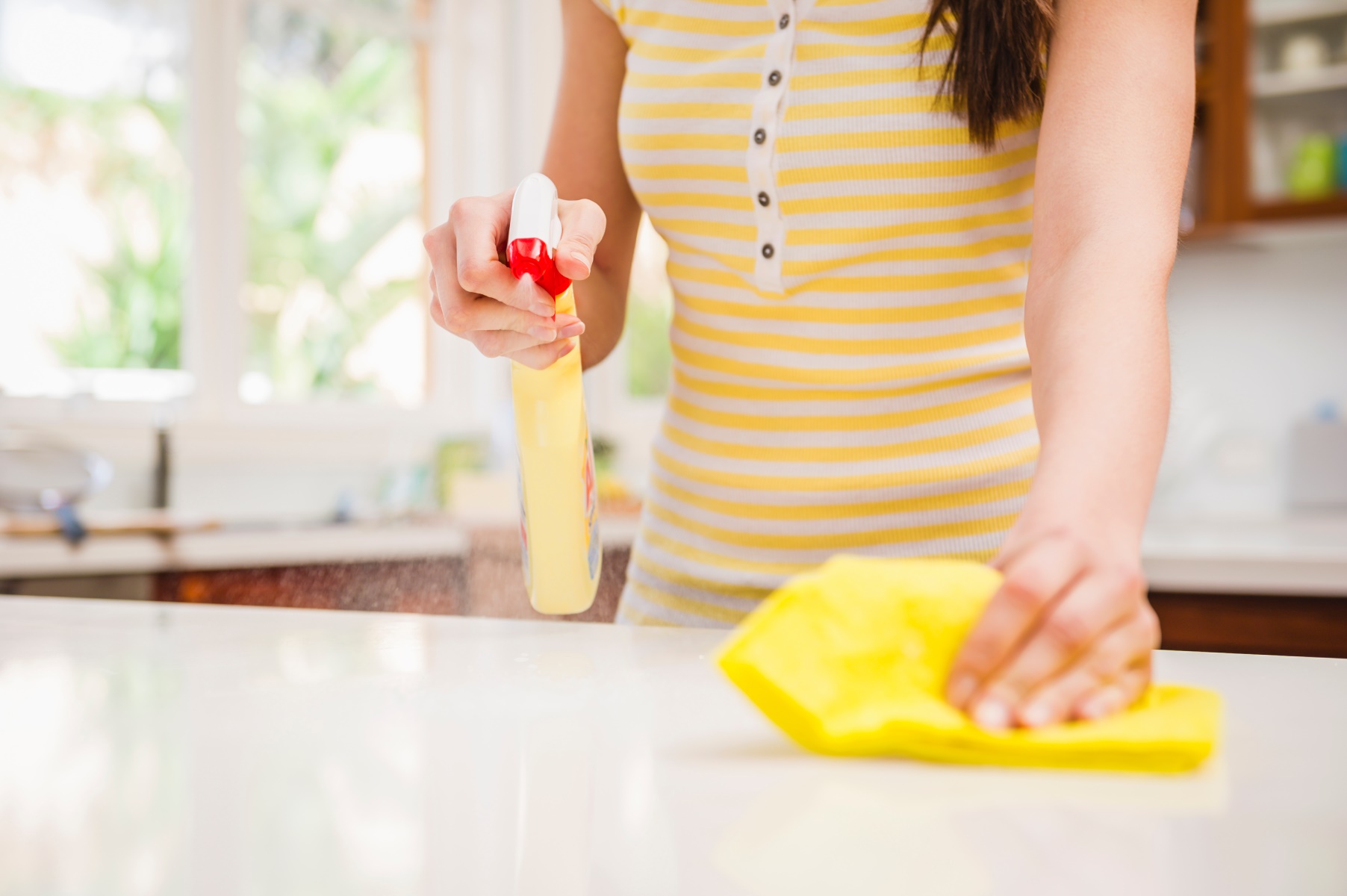

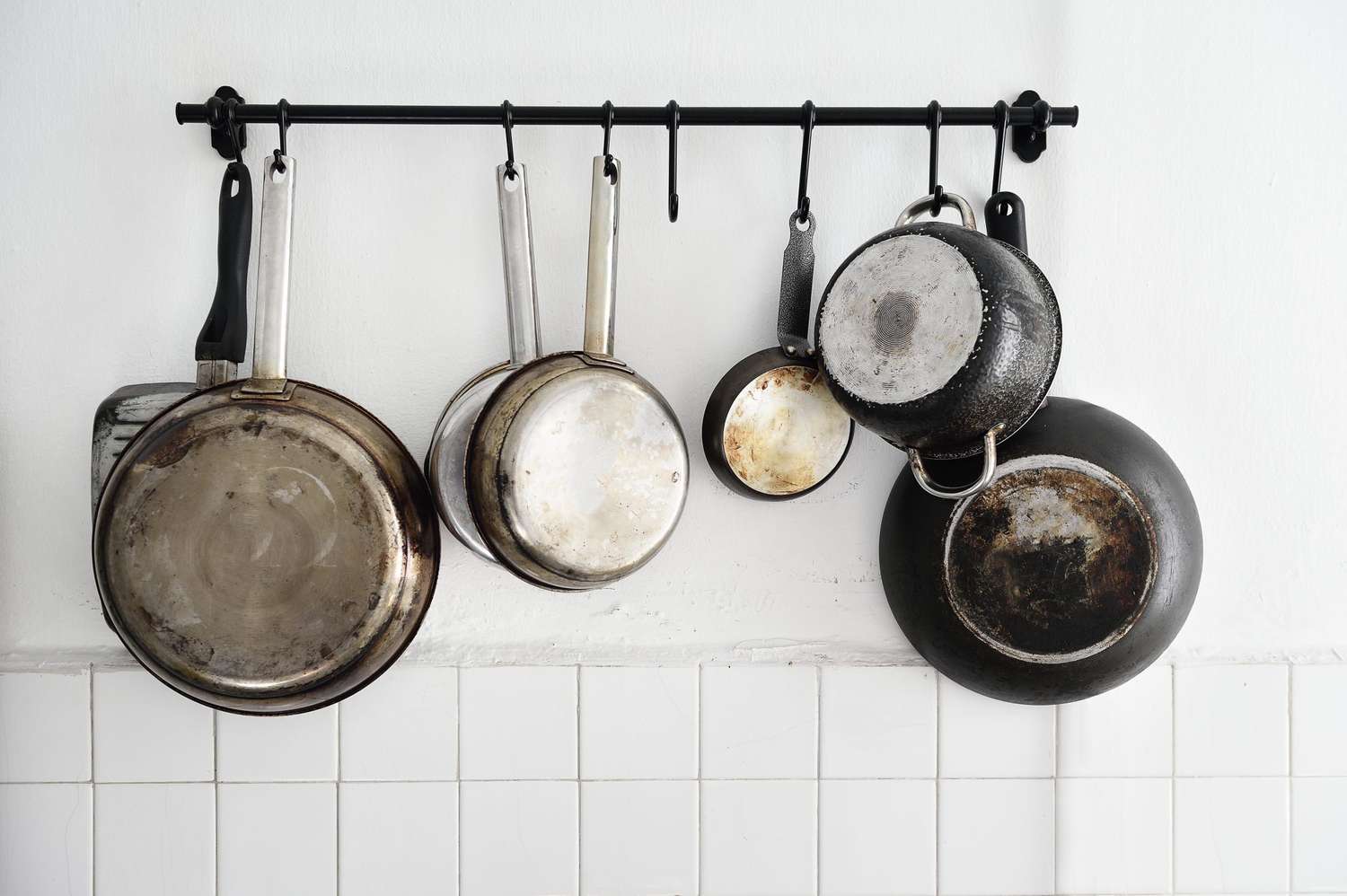
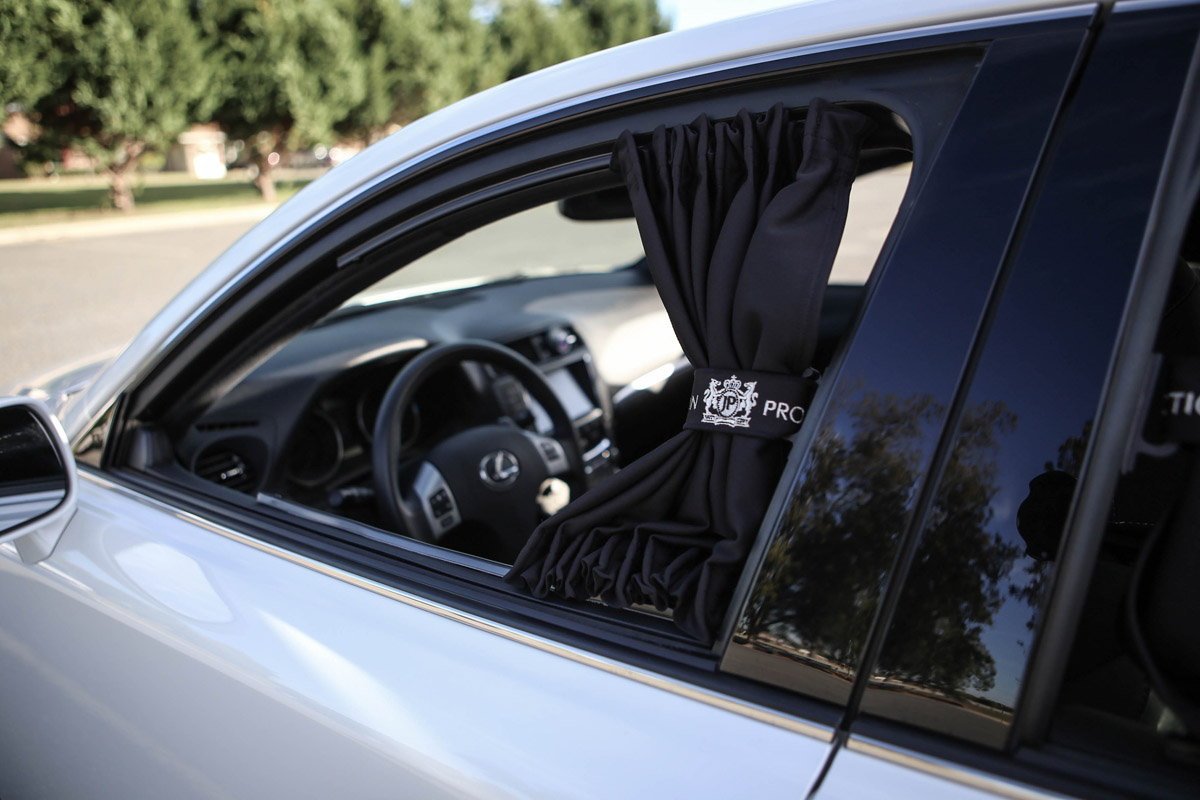
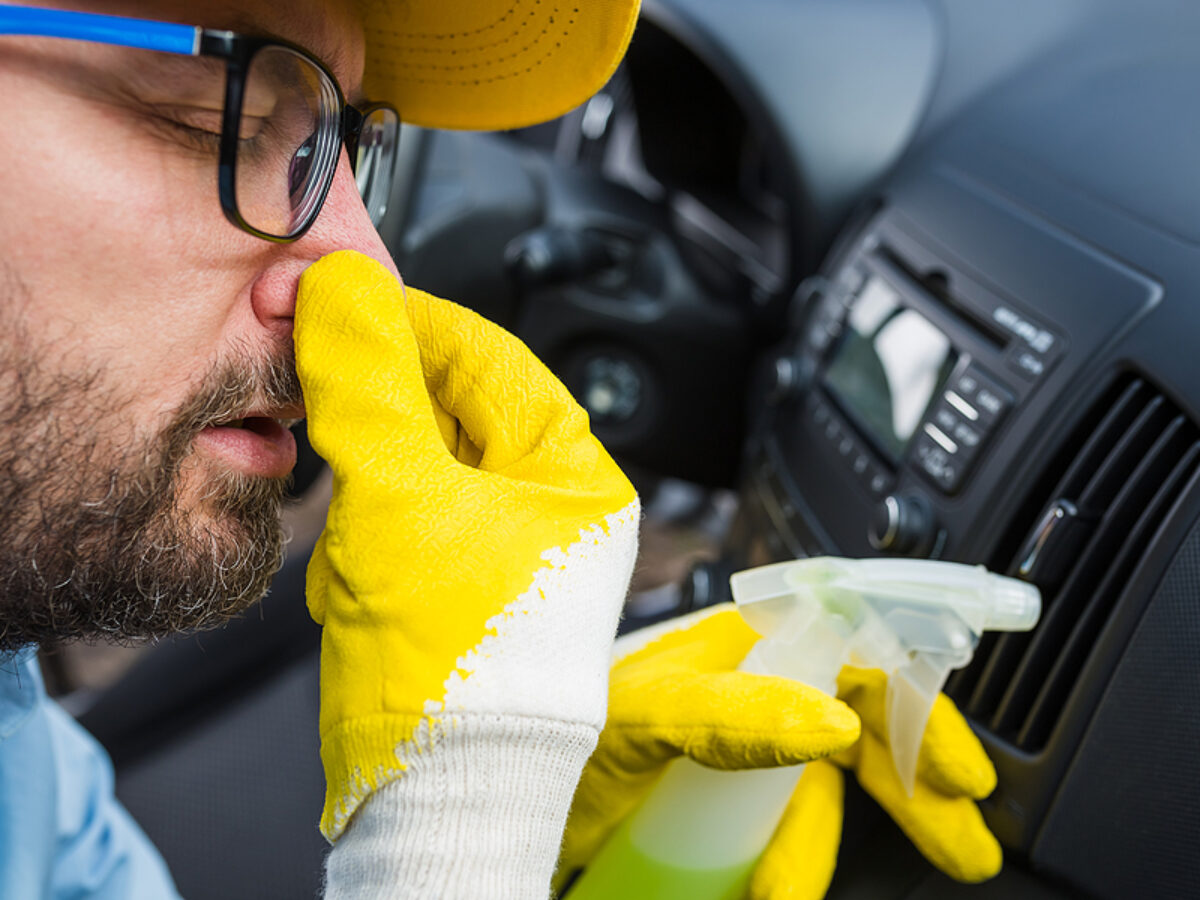


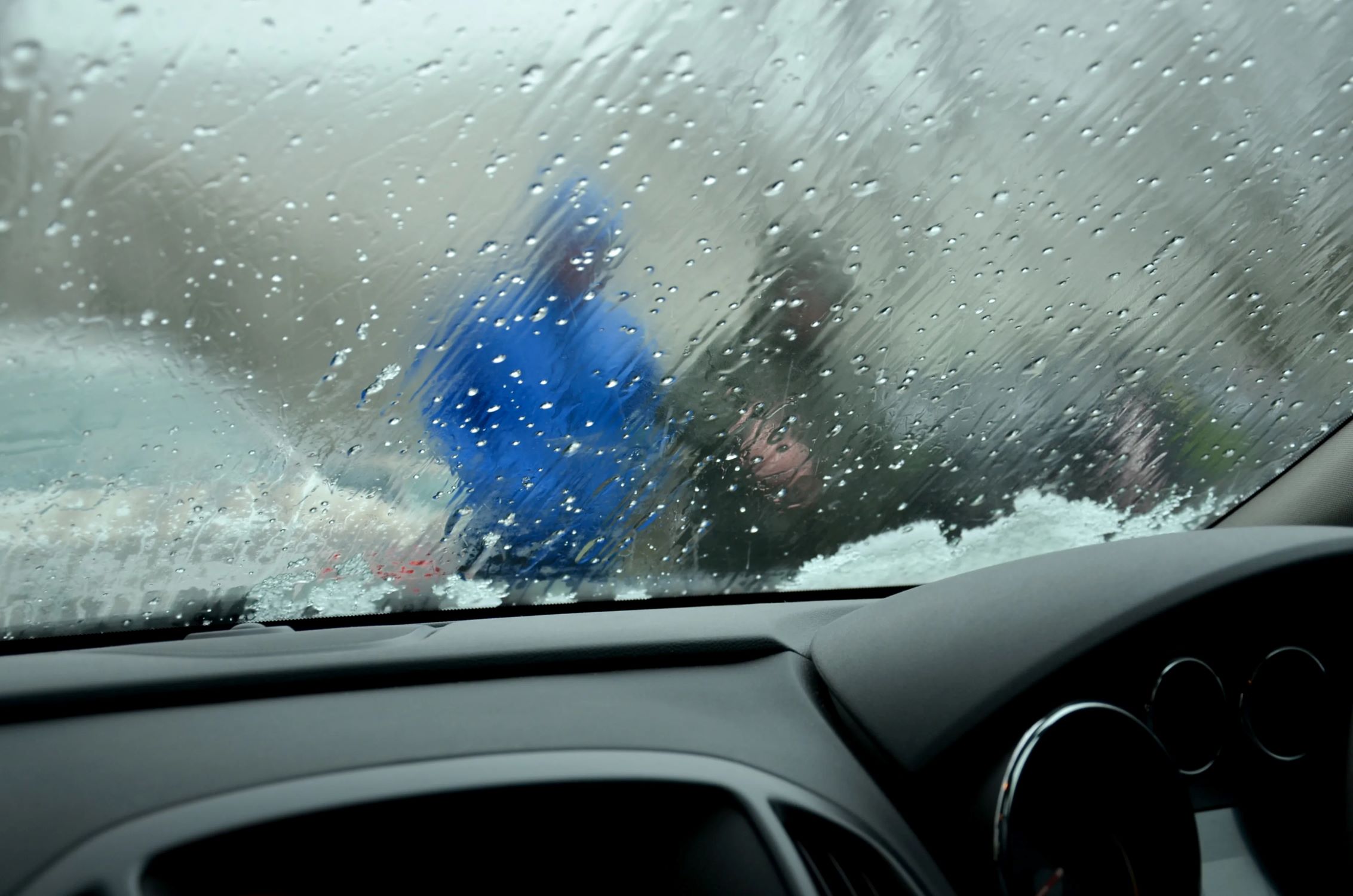
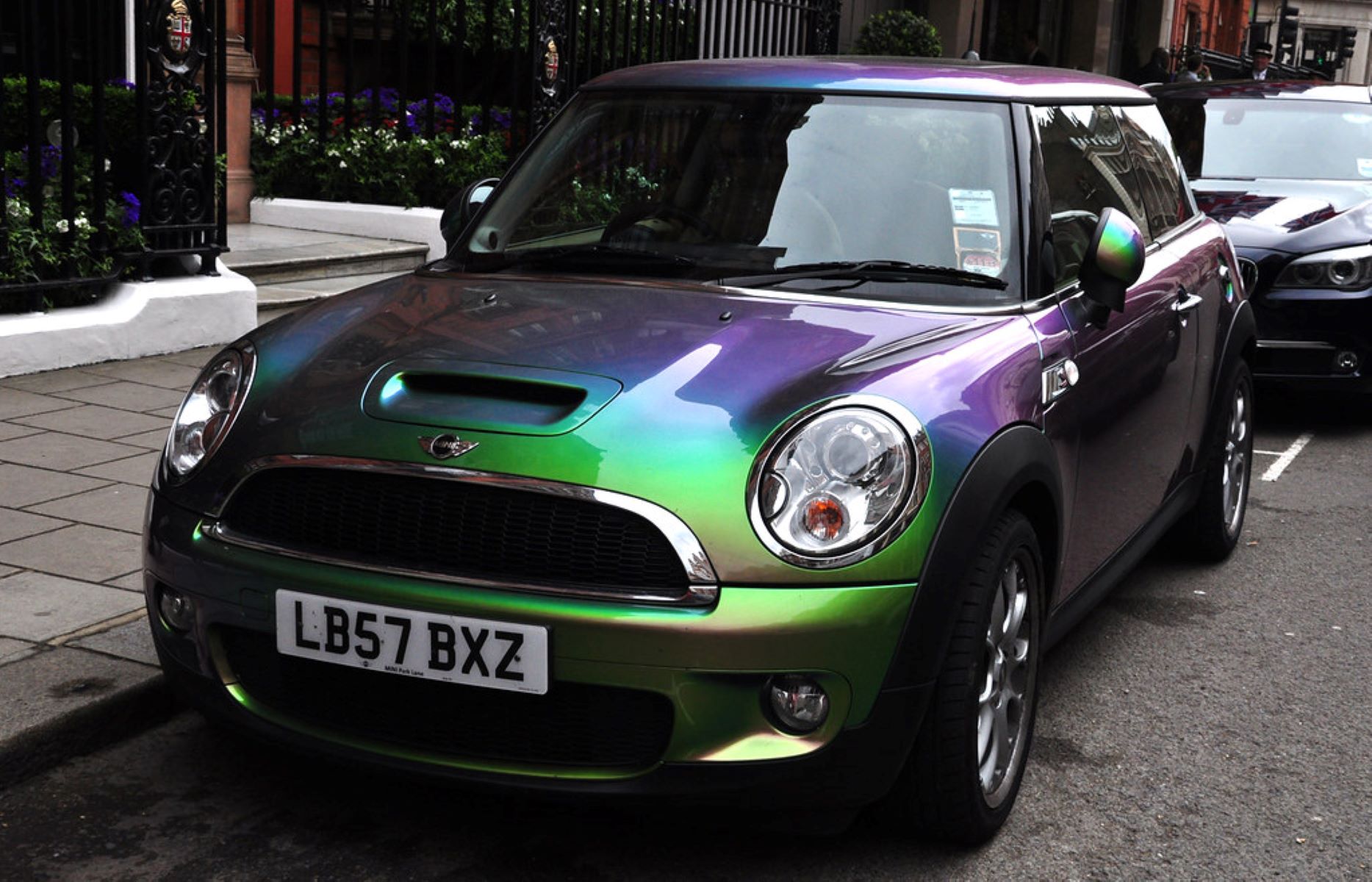
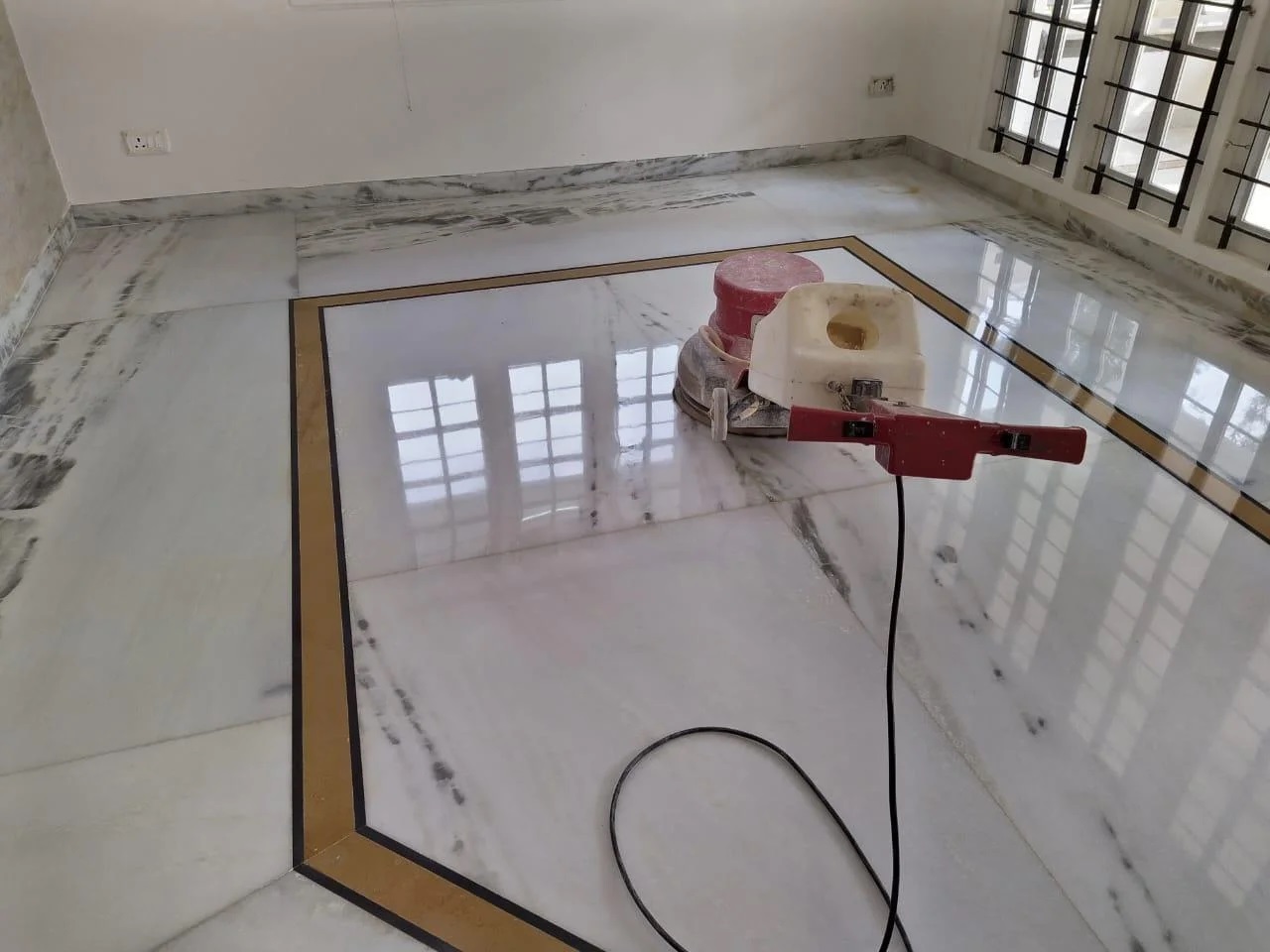
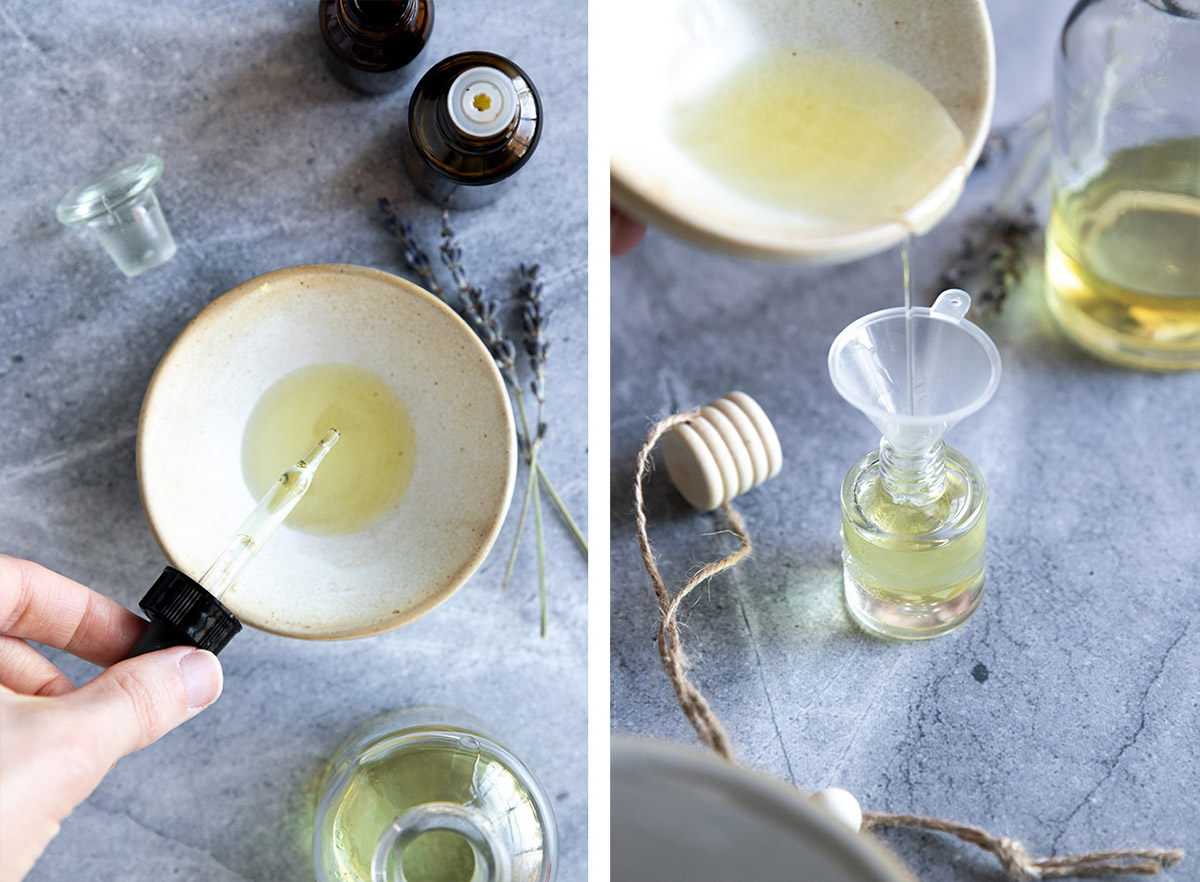
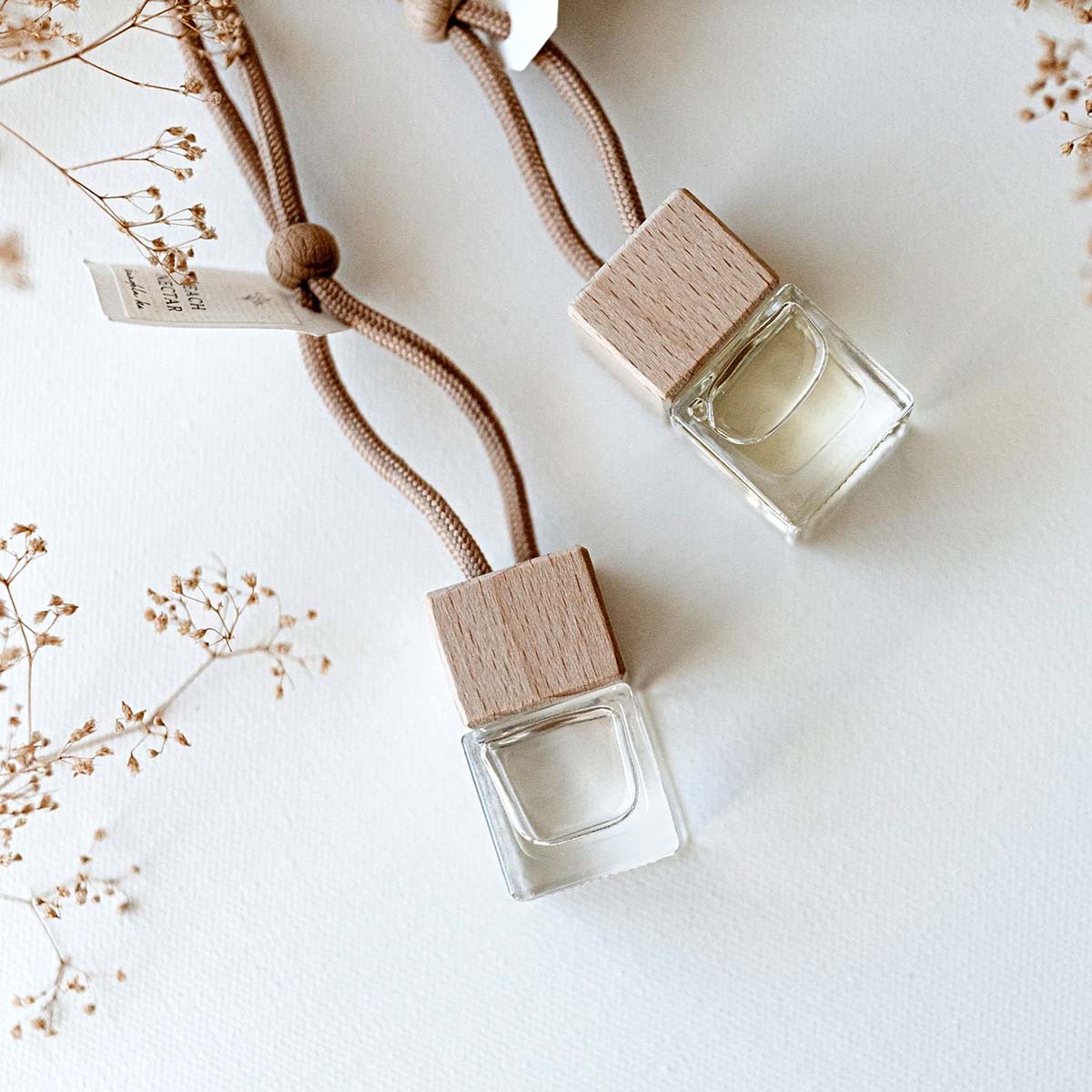

0 thoughts on “How To Make Car Shine Like Glass”